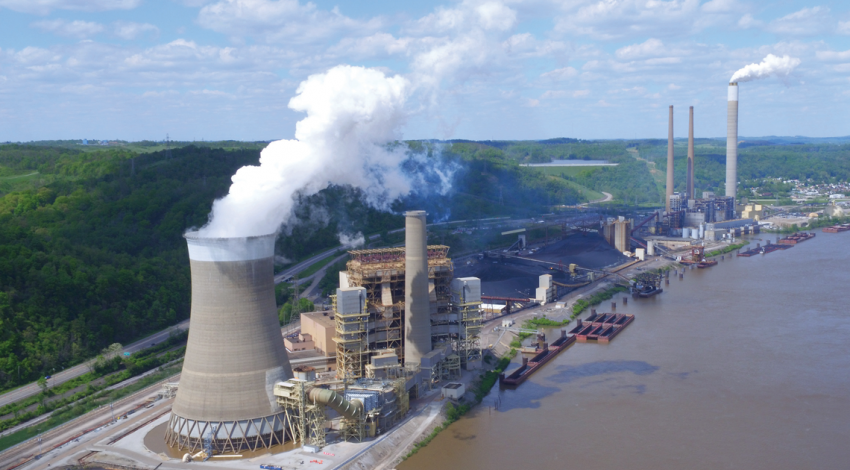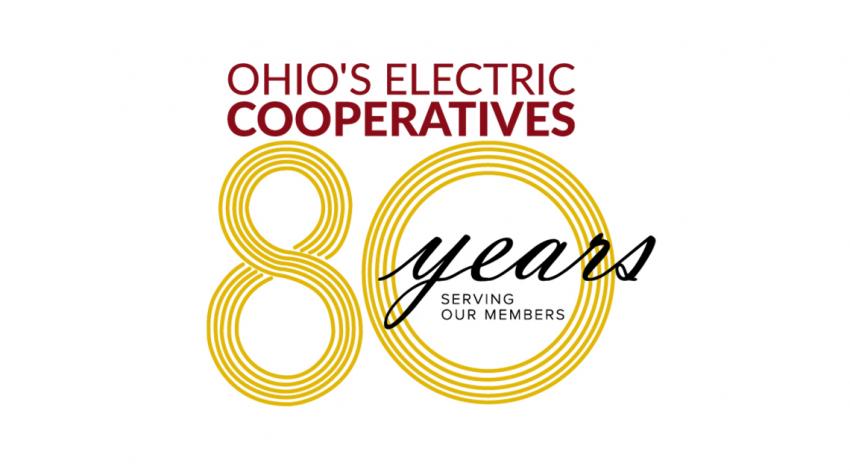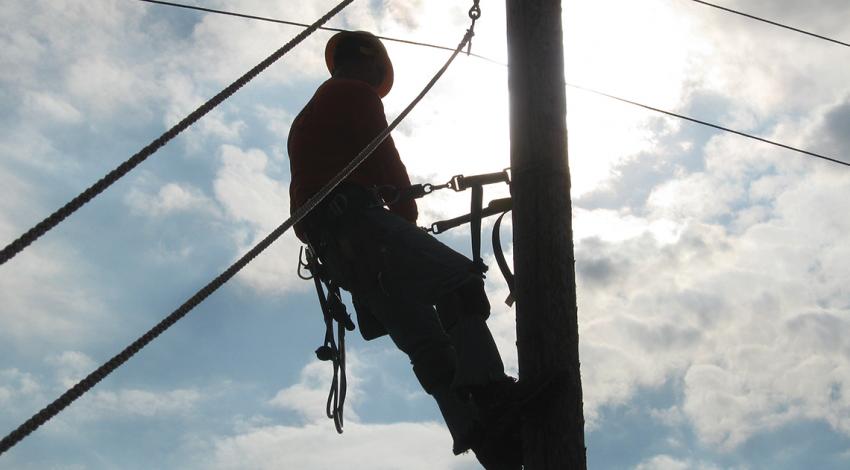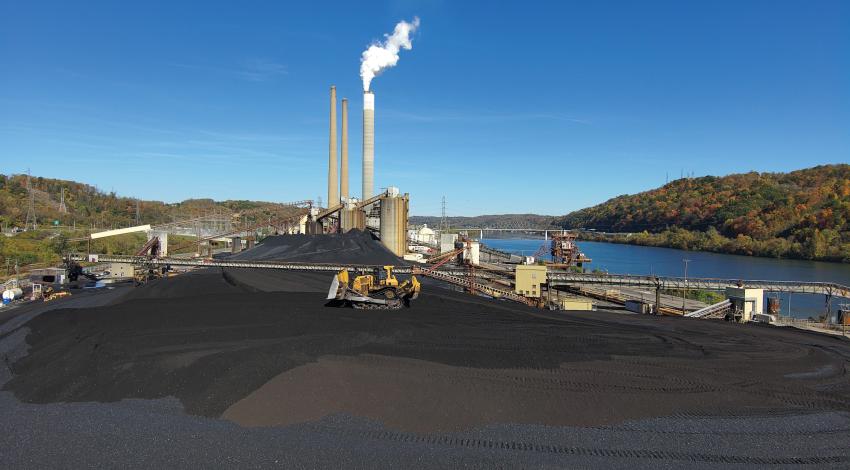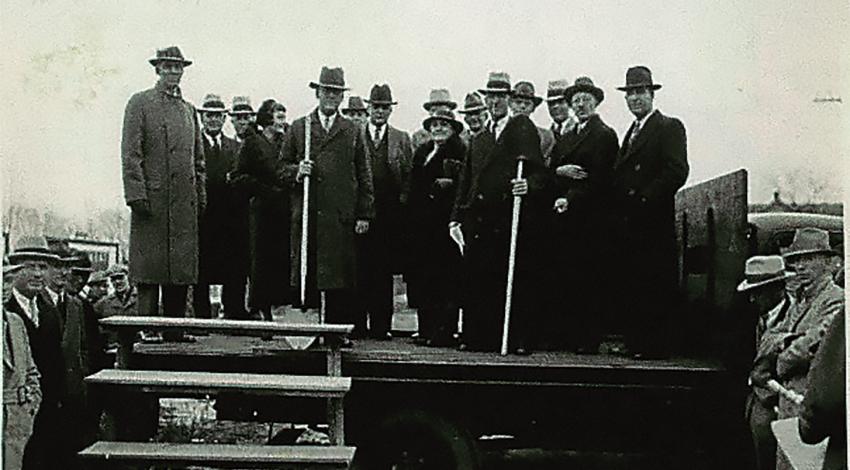It’s clear that coal is no longer “king.” It’s also clear, though, as our associate editor, Rebecca Seum, explains succinctly in her story, that it’s still an essential element of a reliable power generation s
The use of coal as a fuel source for electricity production has been on the decline because of increasing environmental requirements and the decreased costs for alternatives like natural gas and renewable generation sources. Concerns about the level of carbon dioxide emissions from coal generation further limit its future use, but the practicality and, yes, the reliability, of coal are undeniable. The truth of the matter is that fossil fuels, including coal, play an essential role in keeping the nation’s lights on.
